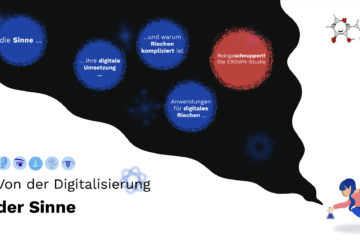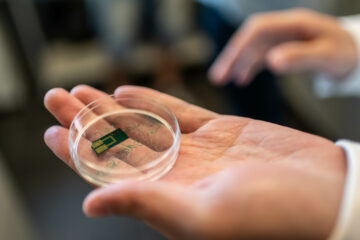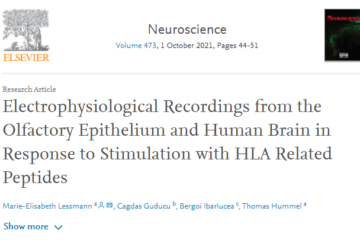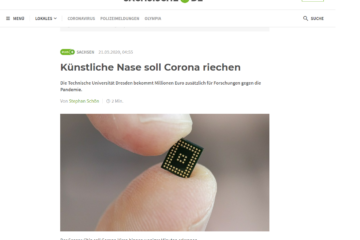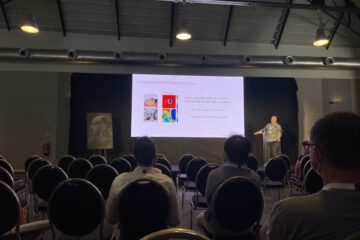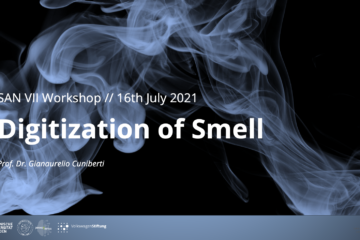Olfactory Research Needs More Data: A Dataset of Laymen Olfactory Perception for 74 Mono-Molecular Odors
See the original post on “Springer Nature Research Communities” via this link. The question of what makes an odor smell the way it does has intrigued researchers in olfactory perception for decades. Significant advancements have been made in understanding this complex process. Thanks to the pioneering work of Nobel laureates Read more…


